Democratic electoral reforms more than 50 years ago inadvertently made Iowa the state that kicks off the US presidential election.
In November, hundreds of millions of Americans will vote for a president to decide who will lead the country for the next four years. But the race for the White House really begins with the Iowa caucuses.
To choose their candidates, Democrats and Republicans must hold ballots in their states, either in the form of caucuses or primaries. In primaries, voters vote in person or by mail on a designated date to choose candidates, while caucuses require them to vote in person. Primaries are run by states, while caucuses are run by the parties themselves.
Caucuses are held in schools, community centers and churches across the state, where voters listen to brief speeches from candidates' representatives, before casting their ballots for their chosen candidate.
Iowa is the state that will fire the first shots in the race, with Republicans holding caucuses on January 15 to choose their favorite candidate. This tradition has been maintained in the state since 1972 and is seen as a test of how candidates win in a campaign.
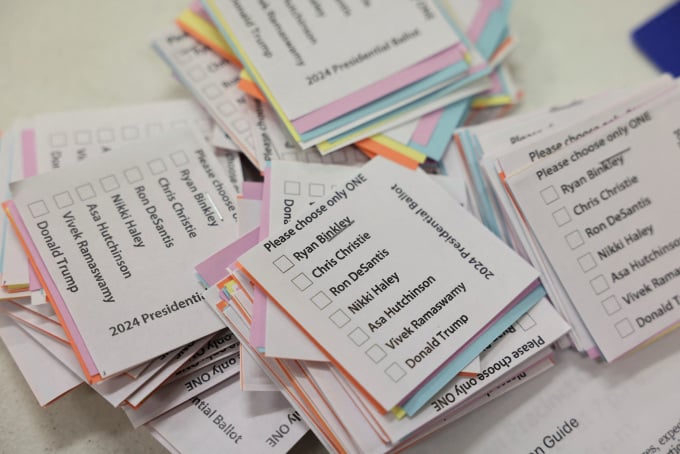
Ballots at the caucus in Mineola, Iowa, USA on January 15. Photo: Reuters
The practice originated in the tumultuous late 1960s, when the Democratic Party was deeply divided over the anti-Vietnam War movement. The assassination of President Robert F. Kennedy in June 1968 further complicated the situation within the Democratic Party, just before the party’s national convention in Chicago in August.
At that time, national conventions were largely controlled by state and party leaders, who handpicked their delegates and were even accused of using their money and influence to boost support for their favored candidates.
Most caucuses and primaries in states during that period were mere formalities, "giving candidates an opportunity to interact with voters but not to exert political influence," historian John Skipper wrote in his book The Iowa Caucuses: The First Test of Presidential Aspirations .
Senator Eugene McCarthy, a fierce critic of the US war in Vietnam, entered the race too late to have time to run in the primary. McCarthy's supporters accused the Democratic establishment of deliberately shutting them out of the national convention.
Pro-McCarthy demonstrations erupted under the leadership of young activists. Humphrey eventually won the party's nomination with support from delegates who were women, people of color, or under the age of 30. However, he was defeated in the final showdown with Republican candidate Richard Nixon.
The Democrats viewed Humphrey's defeat as a lack of support from key constituencies within the party and did not want to repeat the same mistake. They then formed a group to reform the party's nomination process before the 1972 election.
"One of the things the party wants to do is democratize the process to make sure more young people and people of color are involved," said Rachel Paine Caufield, director of the Iowa Caucus project and professor of political science at Drake University in the US.
The reform group determined that “party leaders cannot choose their own convention delegates,” and states cannot rig the rules to block registered Democrats from voting. They argued that states should create new primary systems or local party caucuses to determine delegates to the national convention.
While these reforms prompted many states to establish their own primary rules, Iowa kept the caucus format, and the Democratic Party adopted it with some modifications to make it more inclusive. These included establishing a four-step caucus process to maximize the role of local voters: electing precinct delegates, electing county delegates, electing state delegates, and finally sending them to the national convention.
They also adopted a 15% approval threshold for a candidate in a caucus and required full public notice of events and other rules and information.
Caucus process in US elections. Graphics: CNN
To ensure that all this complicated work was completed before the summer national convention, Iowa Democratic leaders started the caucuses early, making them the opening act of the election year. In January 1972, Iowa became the first state to hold a Democratic nominating contest.
In the first presidential election under the new Democratic rules in 1972, no one really paid attention to the Iowa caucuses as they do today. The candidates didn't spend much time there, and neither did the media.
At that time, presidential campaigns were not typically conducted on a national scale, and presidential candidates did not visit every state to meet with voters. But Senator George McGovern of South Dakota began his campaign in Iowa and eventually won the Democratic nomination.
Republicans took notice and by the 1976 election, the party moved the Iowa caucuses to the same day as the Democrats.
That same year, Jimmy Carter became the first candidate to demonstrate that frequent and early appearances in Iowa could be the key to success.
Carter, who ran in 1976 as the former governor of Georgia, sought to use the Iowa caucuses as a launching pad for the race. He campaigned in the state for a total of 17 days, starting about a year before the caucuses. He talked to people in living rooms, offices, and even next to barns, according to Skipper.
Carter won the Democratic nomination and eventually became president. Since then, every underdog candidate has hoped to “follow in Jimmy Carter’s footsteps,” according to journalist Alexandra Pelosi.
Candidates like George W. Bush and Mitt Romney have considered Iowa a key state to their presidential dreams, even if the caucus results there have not always been accurate predictors of success in the race for the White House.
Aside from Mr. Carter, only two presidents have won the Iowa caucuses since 1976: George W. Bush in 2000 and Barack Obama in 2008. Many others have gone on to win the presidency despite losing Iowa, including Ronald Reagan in 1980, George H.W. Bush in 1988, Donald Trump in 2016 and Joe Biden in 2020.
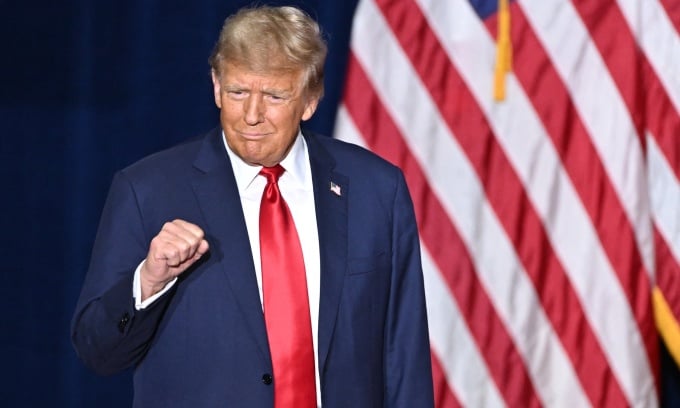
Former US President Donald Trump in Des Moines, Iowa, January 15. Photo: AFP
Iowa's importance became more evident in the 1970s and 1980s. "If you didn't do well in Iowa, you tended to end your campaign at that point," said Peverill Squire, a political science professor at the University of Missouri.
This was partly demonstrated when businessman Vivek Ramaswamy, 38, announced on the evening of January 15 that he was ending his race right after the results of the Iowa caucuses were predicted by the media, showing that he only came in fourth with about 7.7% of the vote.
A National Bureau of Economic Research survey of the 2004 election found that voters who cast their ballots early in states like Iowa had 20 times more influence than voters who cast their ballots late.
Much of the power of early voters may come from how they shape media attention. An analysis of election data from 1976 to 2008 found that “the coverage of candidates before and immediately after the Iowa caucuses significantly influenced their overall performance in the national primary.”
Just half an hour after the Iowa caucuses, former President Trump was projected to win by a landslide with about 51% of the vote, the largest margin of victory by a Republican candidate in Iowa ever.
Trump's allies believe the result will give the former president an early victory in the nomination race, before the Republican National Convention takes place in Milwaukee, Wisconsin in July.
Thanh Tam (According to Vox, Sky News, CBS News )
Source link








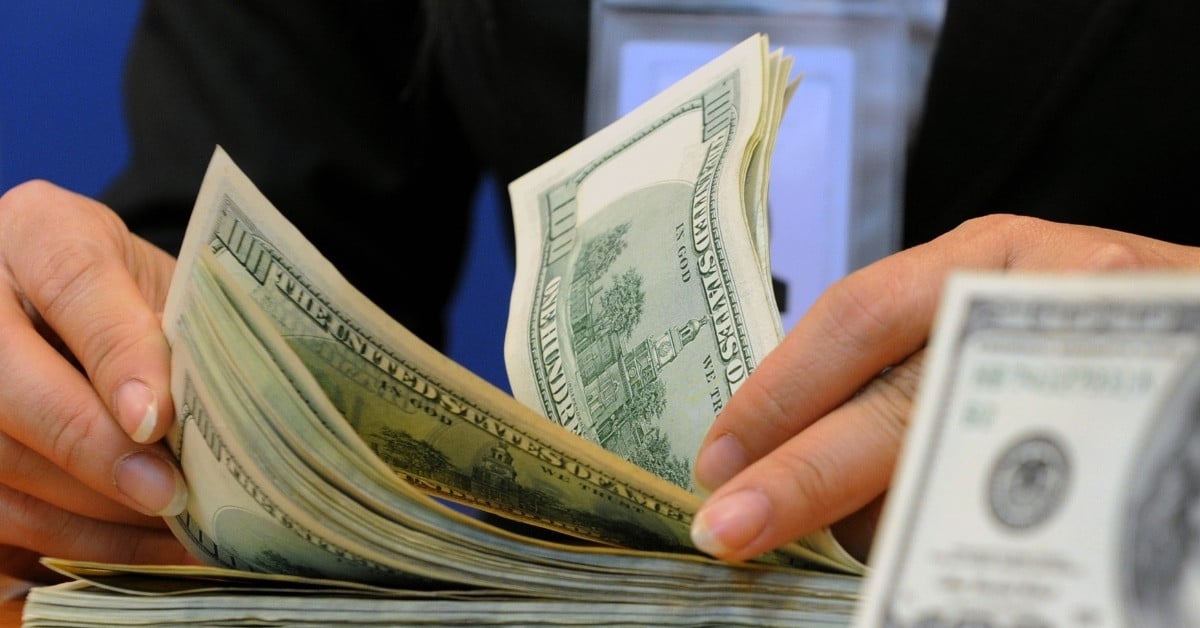

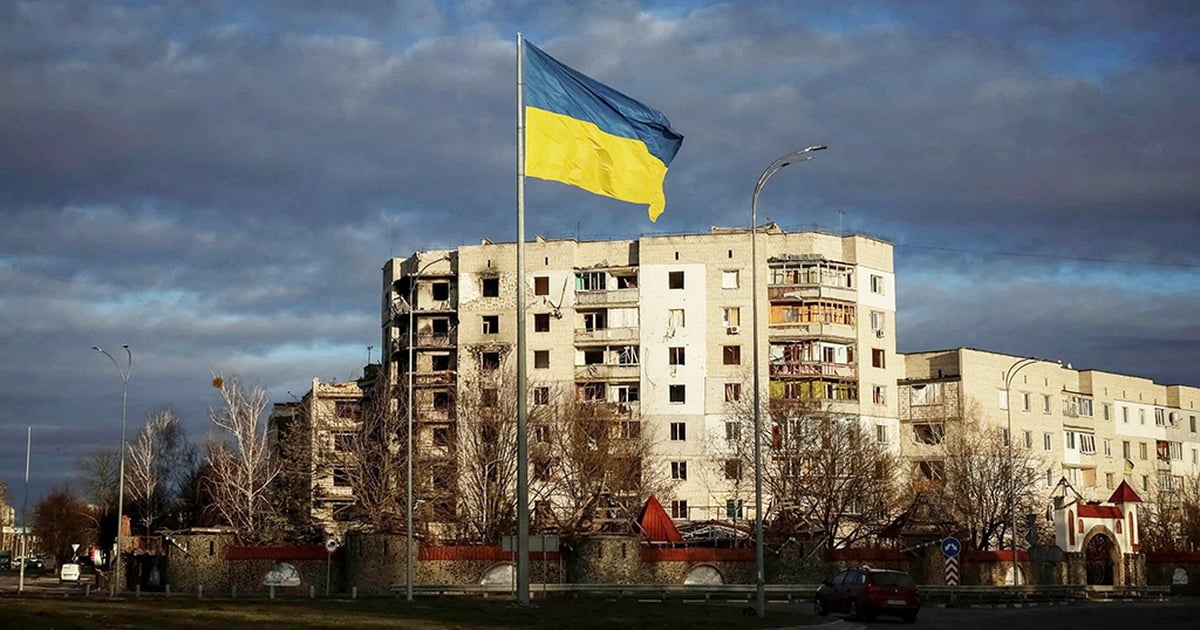

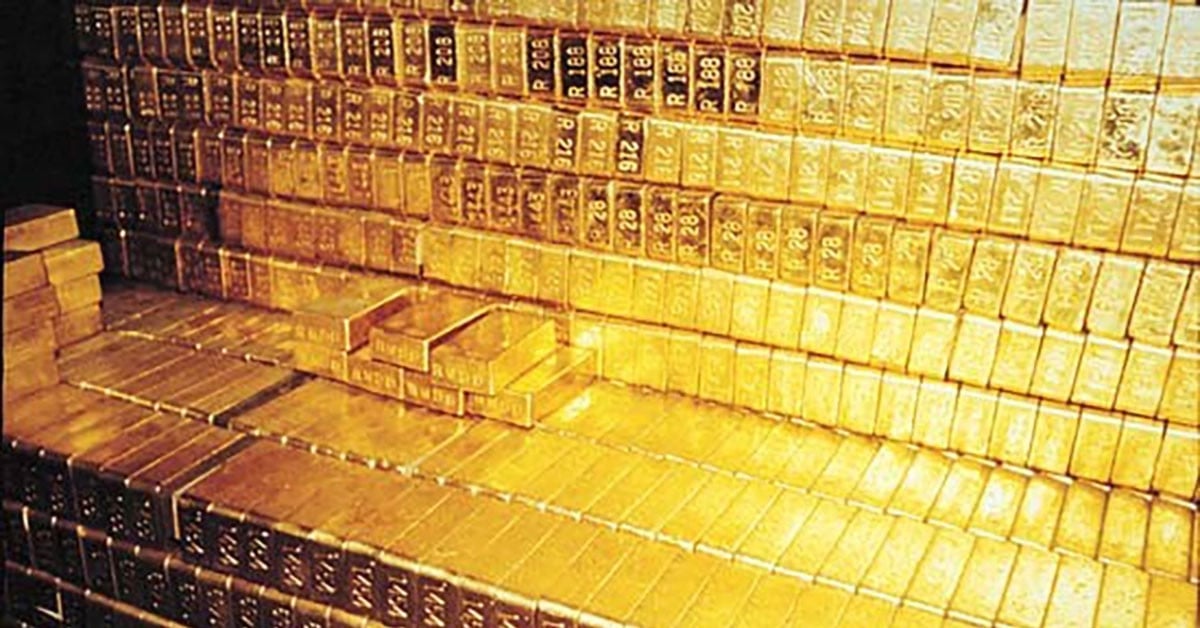



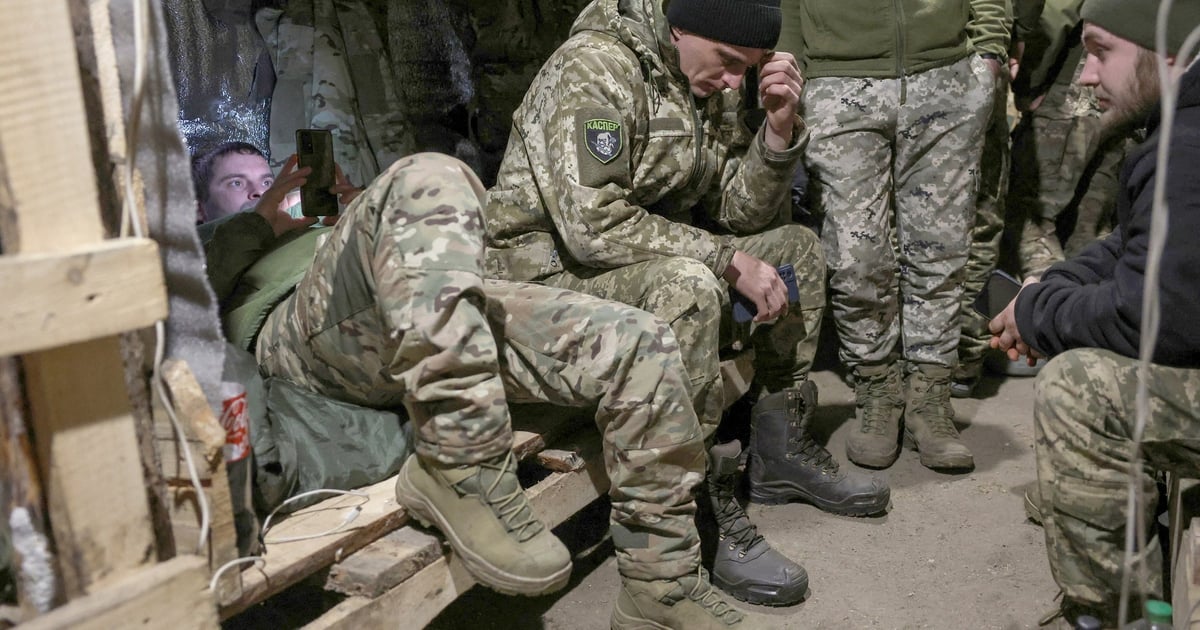

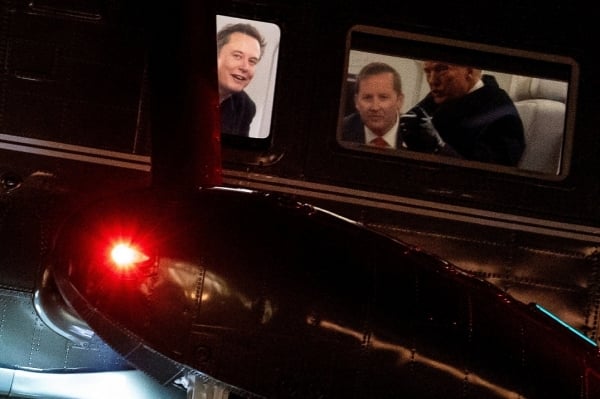

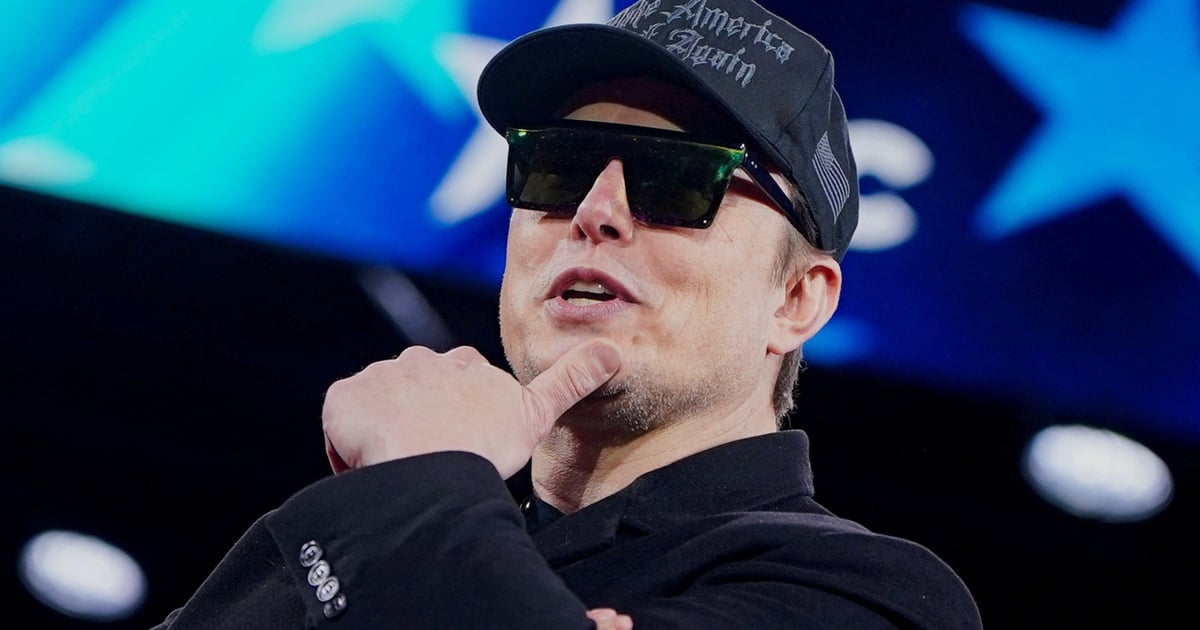
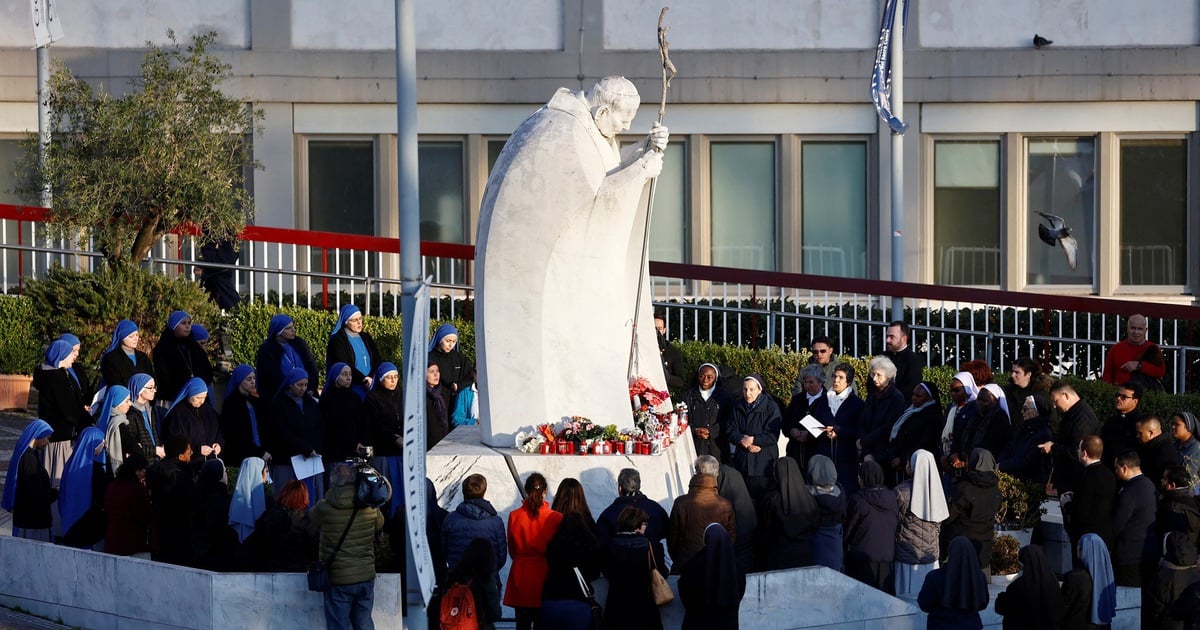

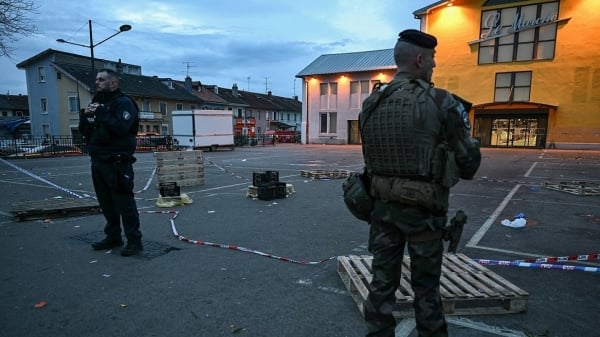















![[Photo] Prime Minister Pham Minh Chinh chairs Government Conference with localities on economic growth](https://vstatic.vietnam.vn/vietnam/resource/IMAGE/2025/2/21/f34583484f2643a2a2b72168a0d64baa)




























































Comment (0)